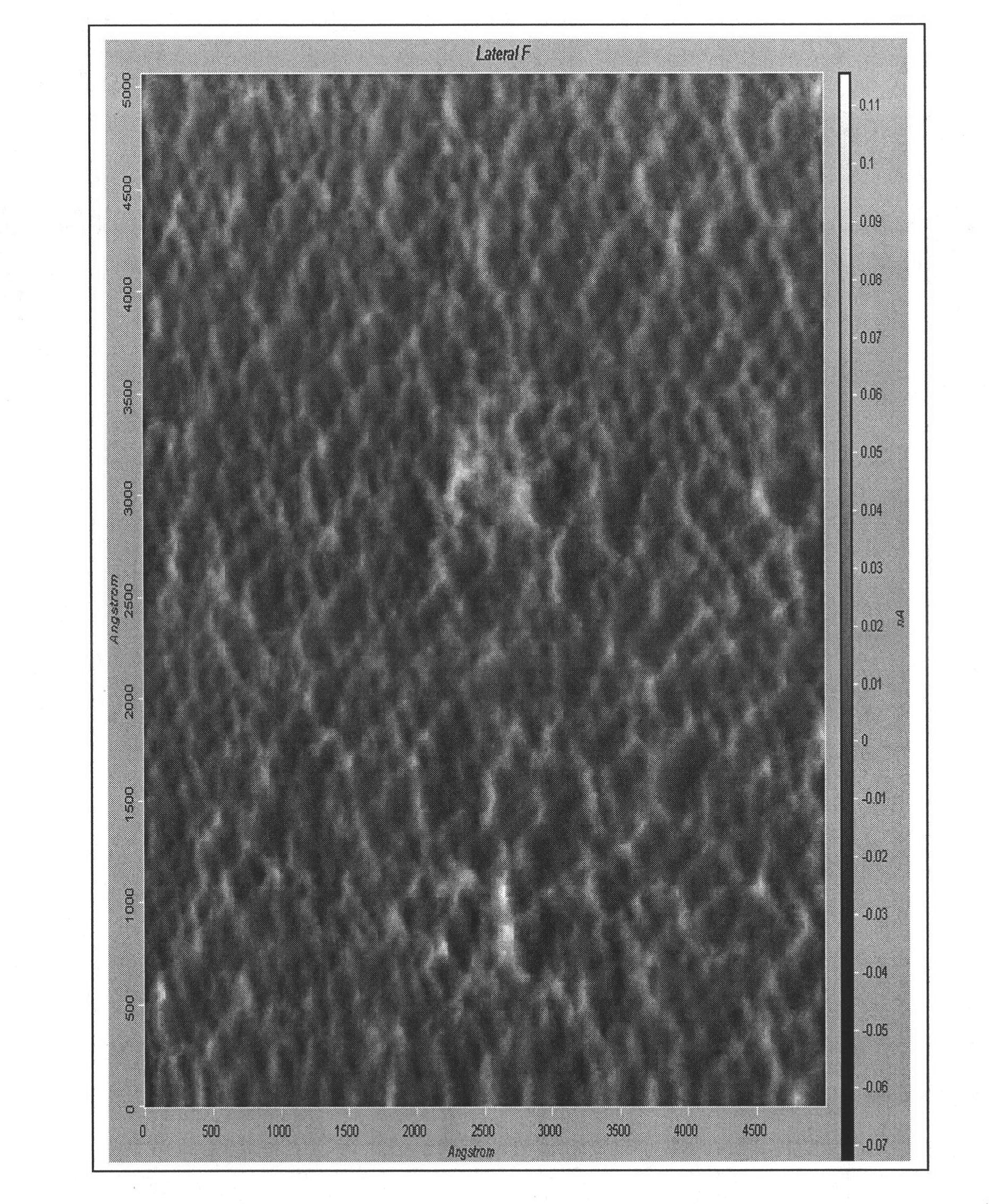Method for forming room-temperature superconducting quantum bit network from redox nano-drug quantum dots
A nano-drug, superconducting quantum technology, applied in the field of nanotechnology
- Summary
- Abstract
- Description
- Claims
- Application Information
AI Technical Summary
Problems solved by technology
Method used
Image
Examples
Embodiment 1
[0054] 1] In a class 10 ultra-clean environment, according to the L16(2)15 optimal plan and SFDA standard, prepare the Redox nanomedicine soft condensed state required by the L16(2)15 optimal plan in a 0:1:0:0 ratio in advance Semiconductor nanocrystal substance layer (quantum dot) solution.
[0055] 2] By adjusting the three-dimensional space distance constraint from 0.1 to 200 oh, 10 13 -10 14 Optimal number of molecules of isoproterenol, 1:20 xanthine oxidase and xanthine one-electron system proportioning number of molecules to realize bottom-up self-assembly of Redox nanomedicine soft condensed-state semiconductor nanocrystal material layer (quantum dot interconnected array ).
[0056] 3] On the 0.01-0.05 ohm.cm N-type silicon wafer, according to the L16 (2) 15 preferred scheme, the above-mentioned Redox nano drug soft condensed semiconductor nanocrystal material layer solution is dripped on the surface of the silicon wafer, and the sample is allowed to stand Store at -...
Embodiment 2
[0060] 1] In a class 10 ultra-clean environment, according to the L16(2)15 optimal plan and the SFDA standard, pre-prepared the Redox nanomedicine soft condensed state required by the L16(2)15 optimal plan in a ratio of 1:1:1:1 Semiconductor nanocrystal substance layer (quantum dot) solution.
[0061] 2] By adjusting the three-dimensional space distance constraint from 0.1 to 200 oh, 10 12 -10 14 Optimal number of optimal molecules of Ibopridine, 10 13-10 14 Optimal number of molecules of isoproterenol, 10 11 -10 13 Optimal number of molecules of superoxide dismutase, 10 11 -10 19 The optimal molecular number of adenosine triphosphate, and the ratio of molecular numbers of xanthine oxidase and xanthine one-electron system at 1:20 are used to realize bottom-up self-assembly of Redox nanomedicine soft condensed state semiconductor nanocrystal material layer (quantum dot interconnection array).
[0062] 3] On the 0.01-0.05 ohm.cm N-type silicon wafer, according to the L16 ...
Embodiment 3
[0066] 1] In a class 10 ultra-clean environment, according to the L9(3)4 optimal plan and the SFDA standard, pre-prepared the Redox nano drug soft condensed state required by the L9(3)4 optimal plan in a ratio of 1:1:1:1 Semiconductor nanocrystal substance layer (quantum dot) solution.
[0067] 2] By adjusting the three-dimensional space distance constraint from 0.1 to 200 oh, 10 12 -10 14 Optimal number of optimal molecules of Ibopridine, 10 13 -10 14 Optimal number of molecules of isoproterenol, 10 11 -10 13 Optimum molecular number of superoxide dismutase, 10 11 -10 19 The optimal molecular number of adenosine triphosphate, and the ratio of molecular numbers of xanthine oxidase and xanthine one-electron system at 1:20 are used to realize bottom-up self-assembly of Redox nanomedicine soft condensed state semiconductor nanocrystal material layer (quantum dot interconnection array).
[0068] 3] On the 0.01-0.05 ohm.cm N-type silicon wafer, according to the L16 (2) 15 pr...
PUM
 Login to View More
Login to View More Abstract
Description
Claims
Application Information
 Login to View More
Login to View More - R&D
- Intellectual Property
- Life Sciences
- Materials
- Tech Scout
- Unparalleled Data Quality
- Higher Quality Content
- 60% Fewer Hallucinations
Browse by: Latest US Patents, China's latest patents, Technical Efficacy Thesaurus, Application Domain, Technology Topic, Popular Technical Reports.
© 2025 PatSnap. All rights reserved.Legal|Privacy policy|Modern Slavery Act Transparency Statement|Sitemap|About US| Contact US: help@patsnap.com



